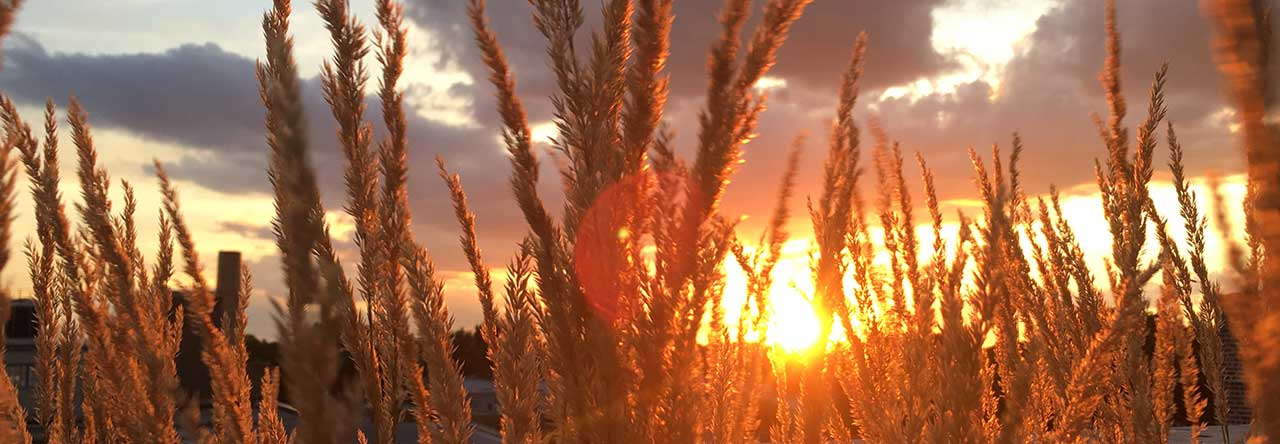Great news. Pictures of the Year International has named the TIME project Beyond 9/11: Portraits of Resilience – a multimedia presentation of video oral history and portraits by photographer Marco Grob – as 2011 Documentary Project of the Year.
Month: February 2012
Why Video Journalism is Vital
 It’s been an awful week in Syria, and a deadly one for reporters witnessing and covering the violence there.
It’s been an awful week in Syria, and a deadly one for reporters witnessing and covering the violence there.
On Tuesday, Marie Colvin, an American reporter working for The Sunday Times of London, told the BBC the violence happening in the Syrian city of Homs was “absolutely sickening.” Colvin compared the siege of the city to that of Srebrenica, the massacre in the Balkan wars the veteran reporter also covered. Hours after she spoke to the BBC Ms. Colvin was killed, along with French photographer Rémi Ochlik, when the makeshift media center they worked in was shelled by government forces.
With the government of President Bashar al-Assad denying most news agencies admittance to the country, many reporters have entered secretly (as New York Times reporter Anthony Shadid did and, tragically, suffered a fatal asthma attack as he made his way out). The dangers and obstacles have kept many away, and for those who are in the war zone, broadcasting and filing have been tremendously difficult.
That has made the work of bloggers and citizen journalists living and reporting inside the country much more prominent. As these reporters post their images and video on YouTube or stream events live on sites like Bambuser, major news organizations have turned to them for coverage. This has been true throughout the past year as clashes and protests have marked the Arab Spring. Some of the most indelible images and stories from the uprisings—from reports by computer-engineer-turned-journalist Mohammed ‘Mo’ Nabbous in Libya to the vicious treatment by police of the “girl in the blue bra” in Egypt—have been captured by amateur videographers and citizen reporters.
Their work is equally, if not more, perilous as that of their professional brethren (they cannot easily flee when their personal safety is at stake). Mr. Nabbous was killed in fighting in Libya just over a month after the conflict there began. And, as Robert Mackey reported on the New York Times’ Lede blog this week, Syrian blogger Rami al-Sayed whose live streams and images from Homs were widely seen on international broadcasts, was killed on Tuesday along with three friends in the attacks on the Baba Amr neighborhood. Continue reading “Why Video Journalism is Vital”
Poor EMMY
The eldest of the two sister EMMY Awards in my possession didn’t make the transit well from New York to Evanston. When unpacking the boxes I had shipped from the office at TIME to the new office at Northwestern, I discovered one golden gal had been cut off at the ankles. Because it’s made from an alloy that cannot be repaired, glued or welded, I’m working on having it replaced. Luckily, the company that makes the statues is here in Chicago.
A Tahrir Square Slide Show
 Now that I have a full-speed connection, I’m uploading more photos from my trip to the Middle East. Here are more pictures from January 25th in Tahrir square, where I joined TIME correspondent Abigail Hauslohner and reporter/translator Sharaf al-Hourani. It seems almost quaint now, given all that’s happened there (and is still happening) in the days since. But it’s good to remember peaceful times when tear gas is filling the air and rocks and bullets are flying.
Now that I have a full-speed connection, I’m uploading more photos from my trip to the Middle East. Here are more pictures from January 25th in Tahrir square, where I joined TIME correspondent Abigail Hauslohner and reporter/translator Sharaf al-Hourani. It seems almost quaint now, given all that’s happened there (and is still happening) in the days since. But it’s good to remember peaceful times when tear gas is filling the air and rocks and bullets are flying.
Libya’s Enduring History
Politics and events can shroud a country’s richest assets from its image.
Say Libya and you think Gaddafi and civil war, or OPEC or Lockerbie. You don’t immediately think of a rich Mediterranean history and the Barbary Coast.
And I hadn’t either when I pursued a visa to visit my friend Carolyn, who is working for an NGO in Tripoli. But when she said the owner of the hotel where she was staying was eager to help because he wanted to promote tourism, it got me looking at the country differently. Skeptics who think that few tourists would ever want to go to Libya need only look at the ruins of Leptis Magna or Sabratha–each only a couple of hours from the capital of Tripoli–to change their minds.
Last Wednesday, I took a taxi to the town of Khoms to visit Leptis Magna, once one of the most beautiful cities of the Roman world. And it’s still a looker. On weekends, Libyans will come here to picnic among the ruins. But the weekday I was there, I had the entire place to myself. Not another soul around. I spent two hours of solitude, walking among the ruins, snapping pictures.


![photo[1]](https://craigduff.files.wordpress.com/2012/02/photo1.jpg?w=640)
![photo[2]](https://craigduff.files.wordpress.com/2012/02/photo2.jpg?w=640)

